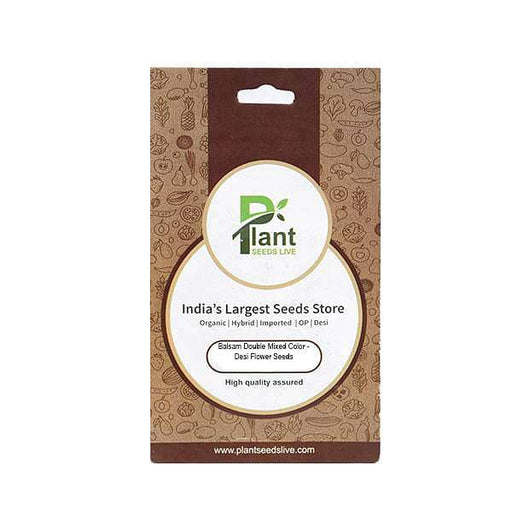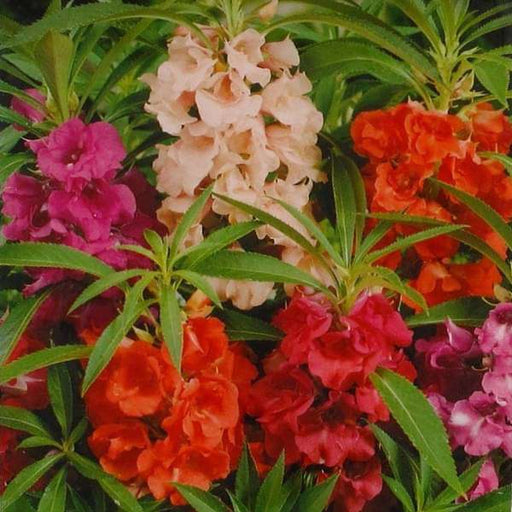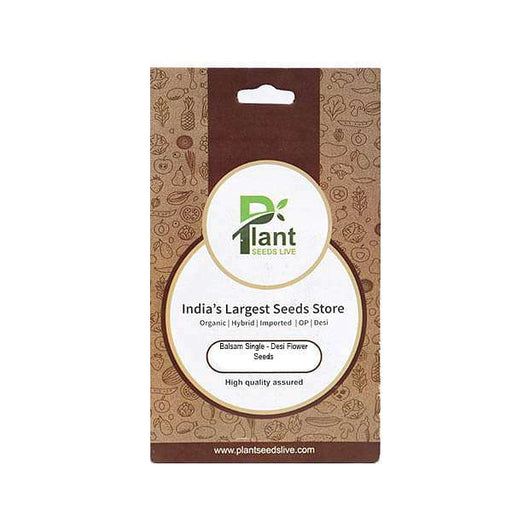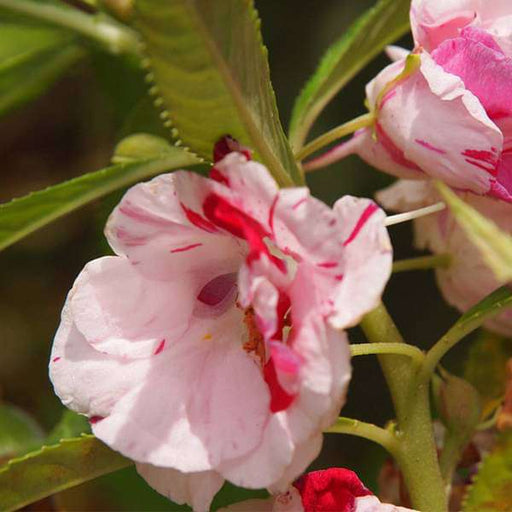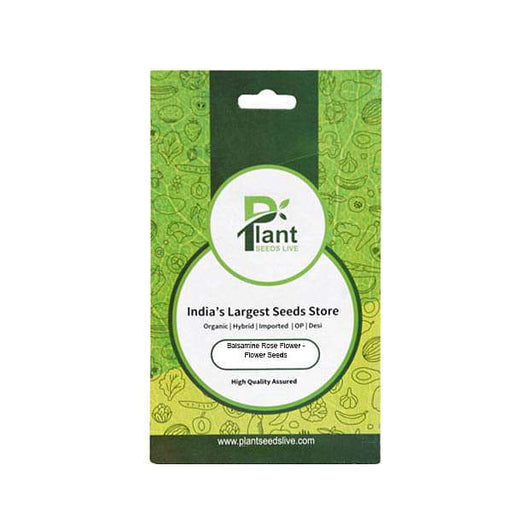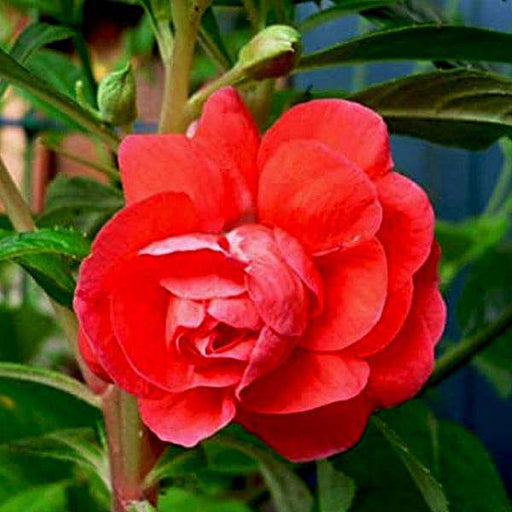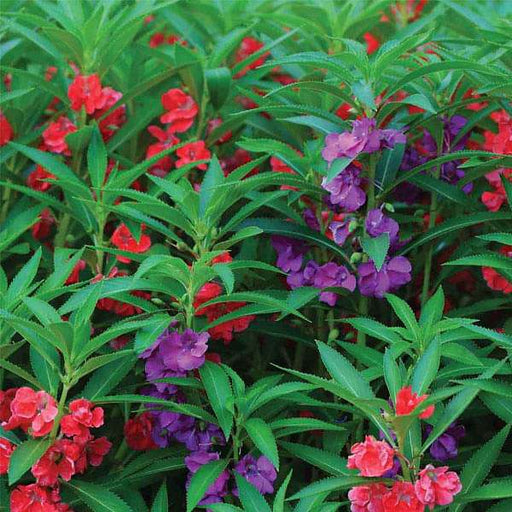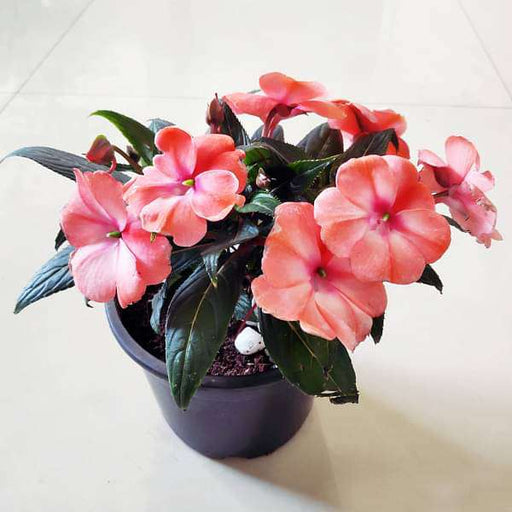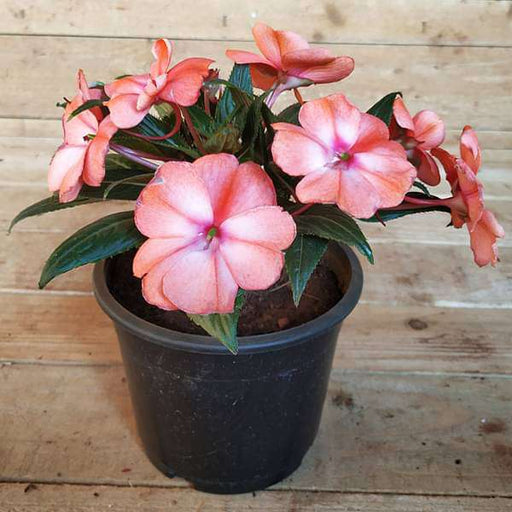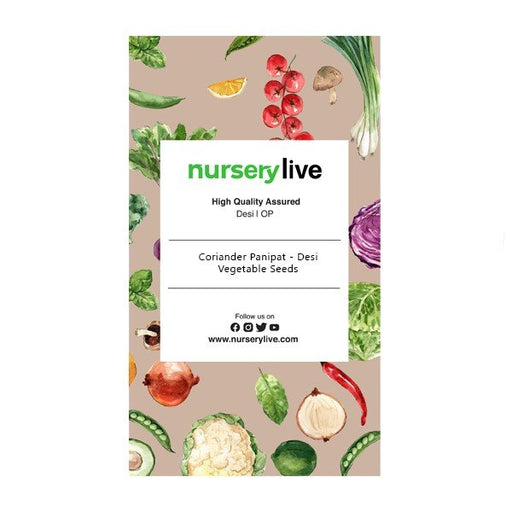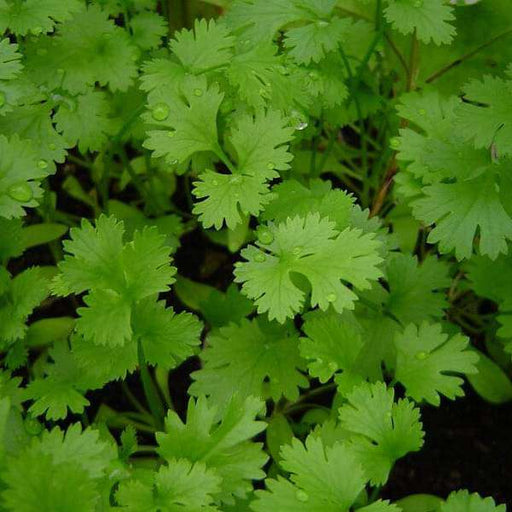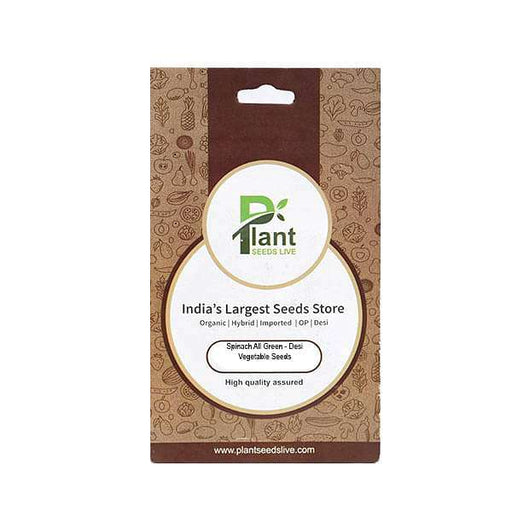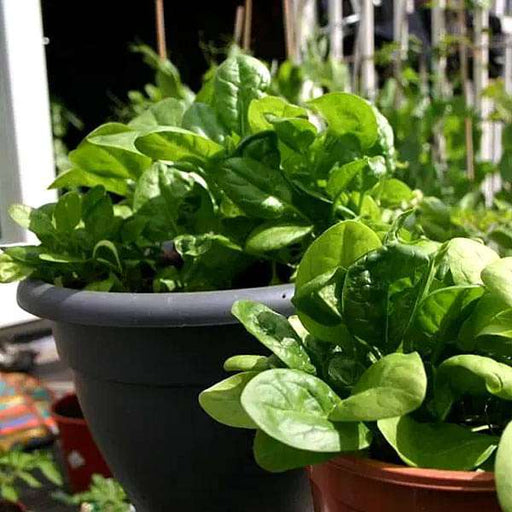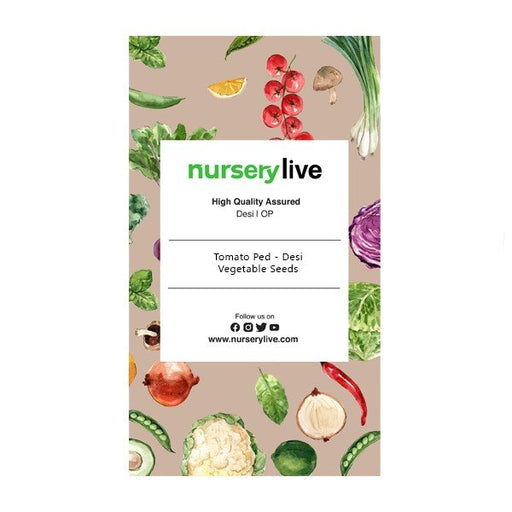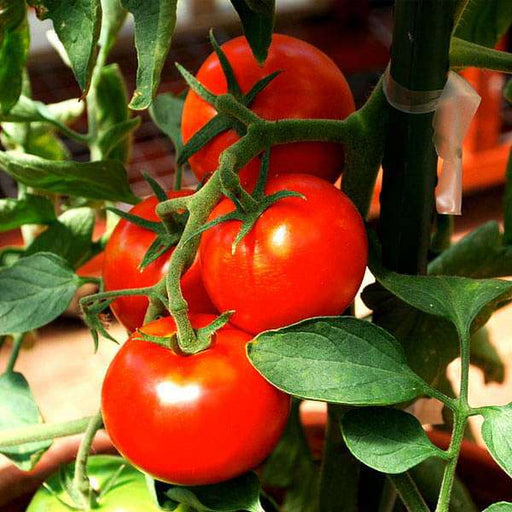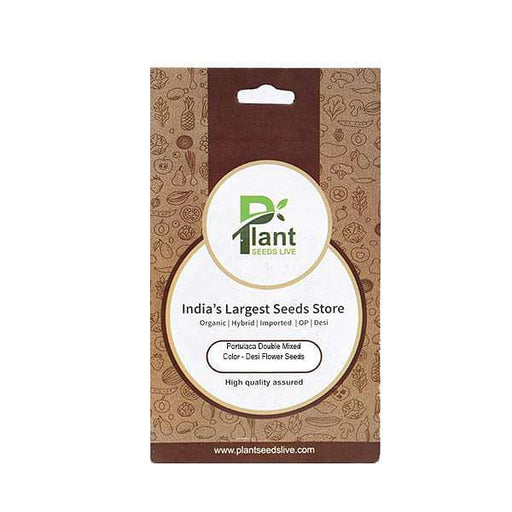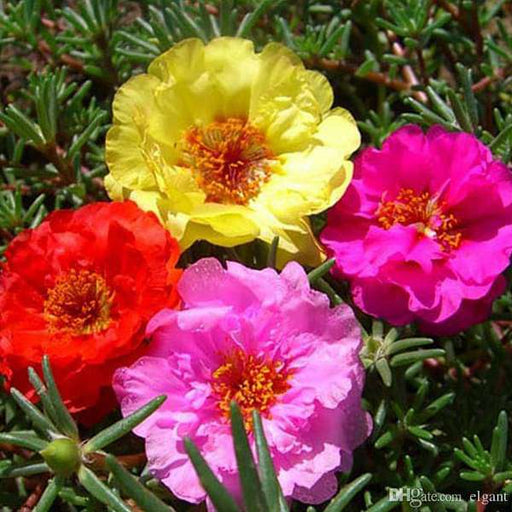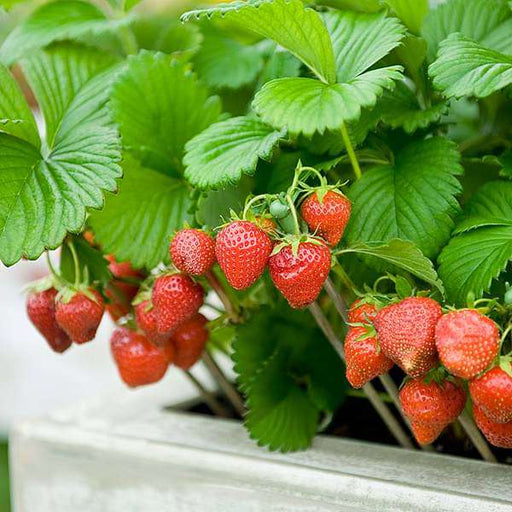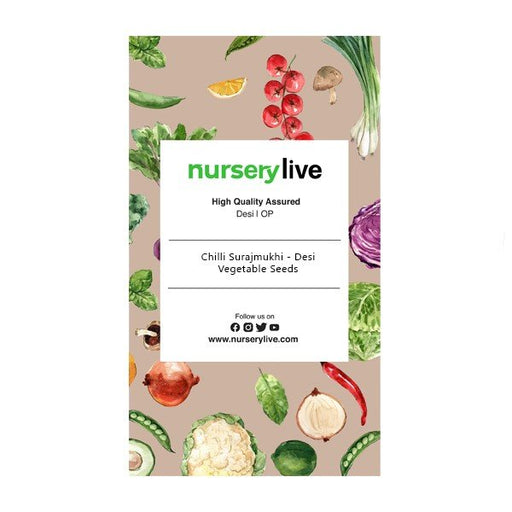Impatiens care
Impatiens are delicate plants that require proper care to thrive. From watering to fertilizing, this sub-keyword covers all the necessary steps to keep your impatiens healthy and vibrant.
Impatiens varieties
Impatiens come in a variety of colors, sizes, and shapes. This sub-keyword explores the different types of impatiens available in the market, helping you choose the right one for your garden.
Impatiens seeds
Growing impatiens from seeds can be a rewarding experience. This sub-keyword covers everything you need to know about impatiens seeds, from planting to harvesting.
Impatiens diseases
Just like any other plant, impatiens are susceptible to diseases. This sub-keyword discusses common impatiens diseases and how to prevent them from spreading.
Impatiens pests
Pests can wreak havoc on your impatiens, causing damage to the leaves and flowers. This sub-keyword explores the common pests that attack impatiens and how to control them.
Impatiens sun or shade
Impatiens thrive in shade but can also tolerate partial sun. This sub-keyword discusses the ideal growing conditions for impatiens and how much sunlight they need to stay healthy.
Impatiens propagation
Propagating impatiens is a great way to get more plants for your garden. This sub-keyword covers different methods of impatiens propagation, such as cuttings and division.
Impatiens symbolism
Impatiens are not just beautiful flowers but also have a symbolic meaning. This sub-keyword delves into the history and symbolism of impatiens and their cultural significance.
Impatiens hybrid
Hybrid impatiens are a result of crossbreeding different impatiens varieties. This sub-keyword explores the different types of hybrid impatiens and their unique characteristics.
Impatiens edibles
Impatiens flowers and leaves are edible and can be used in salads, soups, and other dishes. This sub-keyword discusses the nutritional value of impatiens and how to use them in cooking.
Impatiens container gardening
Impatiens are great for container gardening, adding a pop of color to balconies and patios. This sub-keyword covers everything you need to know about growing impatiens in containers.
Impatiens in hanging baskets
Hanging baskets are a great way to display impatiens, creating a stunning visual display. This sub-keyword discusses how to grow impatiens in hanging baskets and the best varieties to choose from.
Impatiens landscaping
Impatiens can be used for landscaping, creating a colorful and vibrant garden. This sub-keyword covers different landscaping ideas using impatiens and how to incorporate them into your garden.
Impatiens in borders
Impatiens make great border plants, creating a colorful and cohesive look. This sub-keyword explores how to use impatiens in borders and the best varieties to choose from.
Impatiens companion plants
Impatiens can be paired with other plants to create a stunning garden design. This sub-keyword discusses the best companion plants for impatiens and how to create a cohesive garden.
Impatiens hanging plants
Impatiens are great for hanging plants, creating a cascading effect. This sub-keyword explores how to grow impatiens in hanging plants and the best varieties to choose from.
Impatiens ground cover
Impatiens can be used as a ground cover, creating a lush carpet of colorful flowers. This sub-keyword discusses how to use impatiens as ground cover and the best varieties to choose from.
Impatiens for pollinators
Impatiens are a great source of nectar for pollinators like bees and butterflies. This sub-keyword explores how to attract pollinators to your garden using impatiens and the best varieties to choose from.
Impatiens for shade gardens
Impatiens are ideal for shade gardens, adding a splash of color to an otherwise dull area. This sub-keyword discusses how to grow impatiens in shade gardens and the best varieties to choose from.
Impatiens for hanging baskets in full sun
While impatiens prefer shade, some varieties can tolerate full sun. This sub-keyword explores the best impatiens varieties for hanging baskets in full sun and how to care for them.


